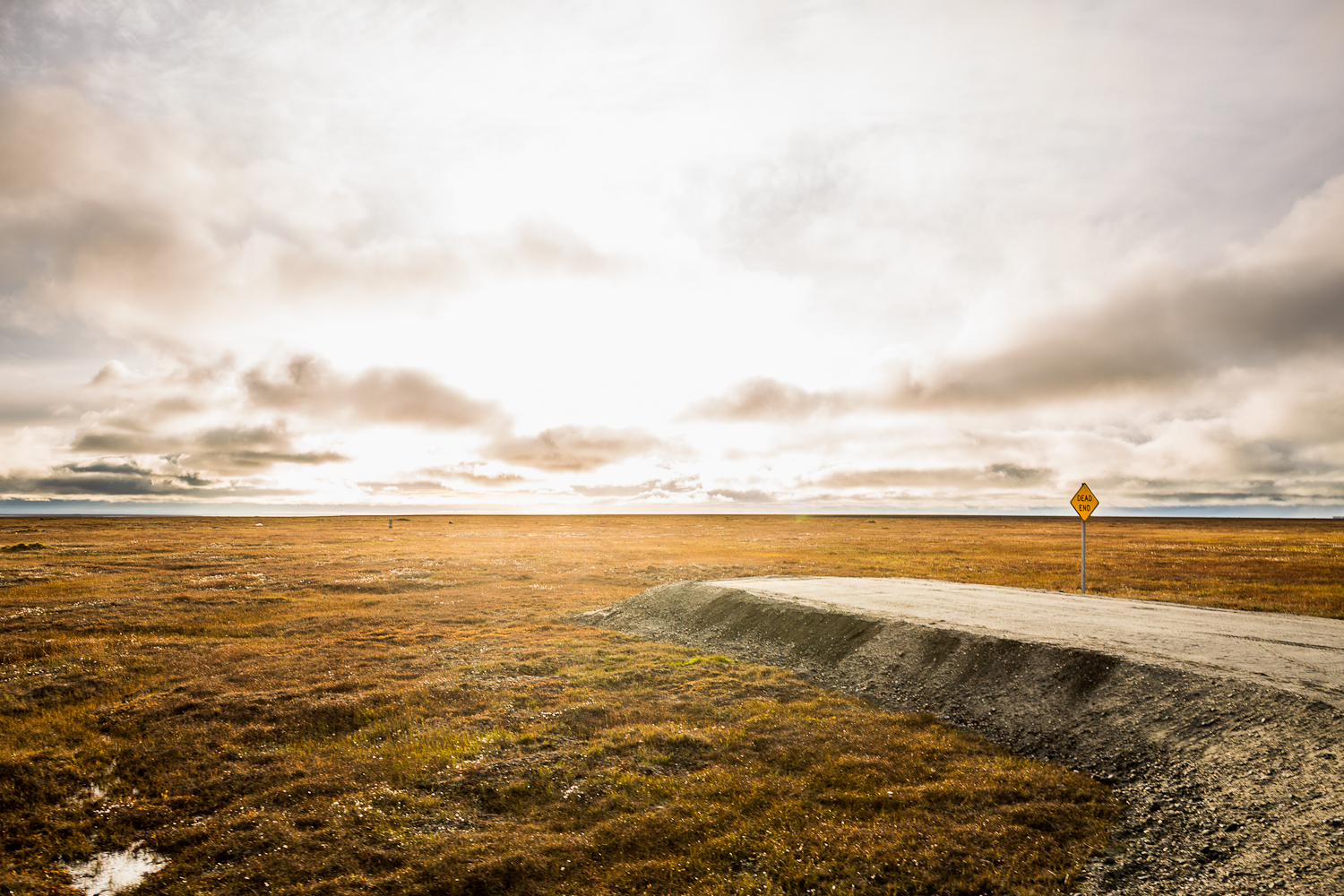Congress just opened part of ANWR to oil exploration. Don’t expect the fight over drilling there to be over soon, though.

After a fight that spanned four decades, the U.S. Congress has lifted a ban on drilling for oil and gas in a portion of Alaska’s Arctic National Wildlife Refuge as part of a massive tax overhaul. The legislation was signed by President Donald Trump on Friday.
Yet while the change was hailed as significant by both backers and opponents of the measure, it could be years before oil produced in the refuge’s coastal plain flows down the trans-Alaska pipeline, if it ever does. And in the meantime, the fight over drilling there is not likely to end—just to shift to different battlegrounds.
Alaska’s senior U.S. Senator, Lisa Murkowski, a Republican who added the provision opening the refuge to the tax bill and shepherded it through the Senate vote and the reconciliation with the House version of the bill, admitted that oil production was still likely years away in a triumphant press call held jointly with Sen. Dan Sullivan and Rep. Don Young (both Republicans) on Wednesday.
“It’s probably gonna be a decade-plus. We’ve waited 37 years to get here, we can wait a few more,” Murkowski said. “But now we at least have the opportunity we haven’t had.”
The important part, argued Alaska’s delegation, was that after years of working for it, they’d secured the legislation’s passage. That legislation requires the Interior Department to hold its first lease sale within four years.
Noting that the bill passed on the eve of the winter solstice, when the refuge is sunk in polar night, Murkowski said it “will bring many bright days in the future.”
Opponents of the effort to open the so-called 1002 area on the refuge’s coastal plain may disagree with Murkowski about that and much else, but all sides agree on the legislation’s significance.
For environmentalists and their allies in Congress, the fight to stop drilling in the area now pivots away from legislative halls to other arenas—including the court system, the ballot box, courts of public opinion and the financial markets. The list of guests taking part in a separate press call hosted by staunch ANWR drilling opponents Sen. Maria Cantwell of Washington and Sen. Ed Markey of Massachusetts (both Democrats), suggests some of those strategies.
Sam Alexander, a board member of the Gwich’in Council International, whose members rely on The Porcupine Caribou Herd that calves in the refuge’s coastal plain, called the move an “assault on the sovereign rights of the Gwich’in people.” Markey, meanwhile vowed to make the issue a cornerstone of the 2018 mid-term elections. Indeed, polls show that Americans oppose opening the refuge by a substantial majority, and even a slim majority of Republicans (52 percent) are opposed with some of that opposition coming from vulnerable GOP-held House districts. What’s less clear is whether the issue is a top priority for most of those voters.
Opponents also promised to use the courts to halt drilling efforts where possible, including lawsuits aimed at ensuring federal agencies and would-be drillers don’t “skirt any process or procedure when it comes to environmental laws,” said Cantwell. When pressed by reporter, though, Trustees for Alaska Staff Attorney Suzanne Bostrom said there were no immediate plans for any such suit.
But perhaps the biggest arena where the fight will go next is the marketplace.
Oil prices, perhaps more than public opinion, regulations or lease sales, dictate when and where companies will explore and with oil prices well below recent record highs, interest in exploring in the remote and challenging regions that characterize much of the Arctic has waned somewhat. Some areas, such as the National Petroleum Reserve-Alaska and nearby state lands, west of existing fields at Prudhoe Bay, or the Johan Castberg prospect offshore in Norway’s Barents Sea, have seen big interest and even investment by major companies. At the same time, others areas have seen companies lose interest—such as the high-profile pullout of Shell from its Beaufort and Chukchi sea leases in 2015—or fail to show interest to begin with. Despite Statoil’s big commitment to Johan Castberg, for example, Norway’s latest license round attracted fewer than half as many companies than the previous one, while Greenland’s most recent auction failed to generate a single bid.
Environmentalists hope to combine political uncertainty with oil market volatility to pressure oil companies—and their would-be investors—to stay away from controversial opportunities such as ANWR, by convincing them that they are a poor investment, explained Katherine Kroll, a shareholder advocate with Green Century Capital Management.
After all, Cantwell noted, Congress can open the refuge to drilling, but “you can’t mandate that an oil company drill somewhere.”
This story has been updated to reflect that President Trump signed the legislation on Friday, Dec. 22.